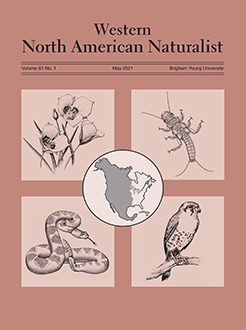Plains spotted skunks (Spilogale putorius interrupta) were once common over a wide range, but at present they are much less abundant and infrequently captured. Therefore, it can be difficult to assess the efficacies of capture techniques in the field. I gathered data on the baits, lures, and types of trapping locations recommended in trapping manuals and in articles from trapping magazines published in the early 1900s. A total of 43 trap site recommendations, 42 bait recommendations, and 9 lure recommendations were gleaned from 36 historic articles or books. Seven of 43 trap sites (16.3%) were described simply as “dens,” while 29 of 43 (67.4%) were sites that would probably serve as dens for plains spotted skunks, such as burrows, fencerows, and old buildings. Birds (19.1%), rabbits (14.3%), chickens (11.9%), and mice (11.9%) were most frequently mentioned as baits. Lure recommendations were less common and were mostly fish oil (33.3%) or skunk scent (22%). Based on these historic recommendations, trapping for spotted skunks in crop and grassland habitats, including prairies, may be most successful when the effort targets mammal burrows and other potential den sites. Although the use of small animals as bait may be productive, further research will be needed to determine whether this method is more cost efficient or effective than the canned fish now used as bait by most modern researchers.
How to translate text using browser tools
17 March 2021
Historic Methods of Trapping Plains Spotted Skunks: Implications for Modern Survey Methodology
D. Blake Sasse
ACCESS THE FULL ARTICLE

Western North American Naturalist
Vol. 81 • No. 1
May 2021
Vol. 81 • No. 1
May 2021





